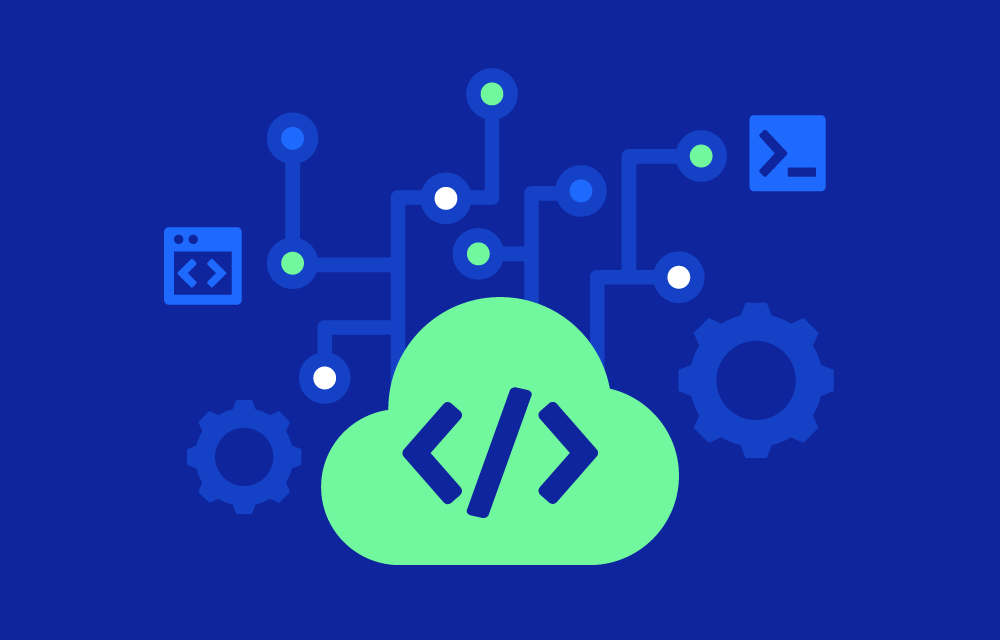History
The concept of Infrastructure as Code emerged with the advent of cloud computing and the need for more scalable, consistent, and automated infrastructure management practices. Early tools like CFEngine and Puppet laid the groundwork in the mid-2000s. The practice gained widespread adoption with the introduction of tools such as Chef, Ansible, and Terraform, which further simplified the automation and provisioning of infrastructure. Today, IaC is an integral part of DevOps and continuous delivery pipelines.
Value Proposition
- Consistency: Ensures that infrastructure is provisioned in a consistent manner every time, reducing human errors and discrepancies.
- Scalability: Makes it easier to scale infrastructure up or down quickly and efficiently to meet changing demand.
- Automation: Automates repetitive tasks, freeing up IT staff to focus on more strategic initiatives.
- Version Control: Treats infrastructure configurations as code, allowing them to be versioned, tracked, and rolled back if necessary.
- Collaboration: Facilitates better collaboration between development and operations teams by providing a common language and tools for managing infrastructure.
Challenges
- Complexity: Setting up and managing IaC tools can be complex, especially for organizations with little experience in automation and scripting.
- Learning Curve: Requires a shift in mindset and skillset for traditional IT staff, who may need to learn coding and scripting.
- Tool Selection: Choosing the right IaC tool from a plethora of options can be challenging and requires careful consideration of the organization’s specific needs.
- Security: Ensuring that IaC scripts do not expose sensitive information and are secure from tampering is crucial.
- Testing and Validation: Properly testing and validating infrastructure code to prevent misconfigurations and downtime can be difficult.
Key Features
- Declarative vs. Imperative Syntax: IaC tools use either declarative (specifying the desired state) or imperative (specifying the steps to achieve the desired state) syntax for configuration.
- Idempotency: Ensures that applying the same configuration multiple times results in the same infrastructure state, preventing drift.
- Integration with Version Control: Infrastructure definitions can be stored in version control systems like Git, enabling change tracking and collaboration.
- Automation and Orchestration: Automates the provisioning, scaling, and management of infrastructure resources.
- Support for Multiple Environments: Easily manage different environments (development, staging, production) with consistent configurations.
Best Practices
- Use Version Control: Store all infrastructure code in version control systems like Git to track changes and collaborate effectively.
- Modularize Your Code: Break down your infrastructure code into reusable modules to improve maintainability and scalability.
- Automate Testing: Implement automated testing for infrastructure code to catch errors and ensure reliability.
- Implement Security Practices: Integrate security measures into your IaC process to protect sensitive data and configurations.
- Use Idempotent Configurations: Ensure that your configurations can be applied multiple times without changing the system state.
Popular IaC Tools
- Terraform: An open-source tool by HashiCorp that allows you to define and provision infrastructure using a high-level configuration language.
- Ansible: An open-source automation tool that can configure systems, deploy software, and orchestrate more advanced IT tasks.
- Puppet: A configuration management tool that automates the provisioning and management of infrastructure.
- Chef: An automation platform that transforms infrastructure into code.
- AWS CloudFormation: A service that helps you model and set up your AWS resources using templates.
Types of IaC Tools
- Configuration Management Tools: Tools like Ansible, Puppet, and Chef that manage the configuration of existing infrastructure.
- Provisioning Tools: Tools like Terraform and AWS CloudFormation that provision and manage the full lifecycle of infrastructure.
- Orchestration Tools: Tools like Kubernetes that manage the orchestration of containerized applications.
Applications/Use Cases
- Automated Provisioning: Automatically setting up servers, networks, and other infrastructure components.
- Continuous Integration/Continuous Deployment (CI/CD): Integrating IaC with CI/CD pipelines to automate the deployment of infrastructure alongside application code.
- Disaster Recovery: Quickly rebuilding infrastructure in the event of a failure or disaster using predefined IaC scripts.
- Environment Management: Managing and maintaining consistent environments across development, testing, and production.
- Cost Optimization: Automating the scaling up and down of resources to optimize costs based on demand.
Market
The adoption of IaC is widespread across industries, including technology, finance, healthcare, and retail. Companies of all sizes leverage IaC to achieve greater agility, efficiency, and reliability in their infrastructure management. The market for IaC tools is robust, with major players including HashiCorp Terraform, Red Hat Ansible, Puppet, Chef, and AWS CloudFormation. As more organizations embrace cloud computing and DevOps practices, the demand for IaC solutions continues to grow.
Industry Adoption Examples
- Netflix: Uses IaC to manage its vast cloud infrastructure, ensuring rapid scaling and consistent deployment across its global operations.
- Airbnb: Leverages IaC to automate and manage its AWS infrastructure, enabling efficient scaling and rapid deployment of new features.
- Capital One: Employs IaC to manage its cloud resources, enhancing security and compliance while speeding up development cycles.
Similar Concepts
- DevOps: A set of practices that combines software development and IT operations to shorten the development lifecycle and deliver high-quality software continuously.
- Continuous Integration/Continuous Deployment (CI/CD): A practice in software development where code changes are automatically tested and deployed to production environments.
- Configuration Management: The process of maintaining computer systems, servers, and software in a desired, consistent state.
- Automation: The use of technology to perform tasks without human intervention, which is a fundamental aspect of IaC.
References
- HashiCorp Terraform Documentation
- Ansible Documentation
- Puppet Documentation
- AWS CloudFormation Documentation
Further Reading
- “Terraform: Up & Running” by Yevgeniy Brikman
- “Infrastructure as Code: Managing Servers in the Cloud” by Kief Morris
- “Ansible for DevOps: Server and Configuration Management for Humans” by Jeff Geerling
- “The Phoenix Project: A Novel About IT, DevOps, and Helping Your Business Win” by Gene Kim, Kevin Behr, and George Spafford



